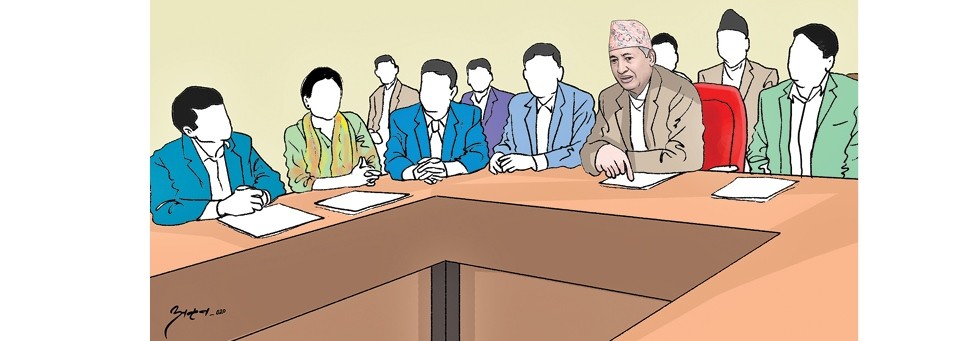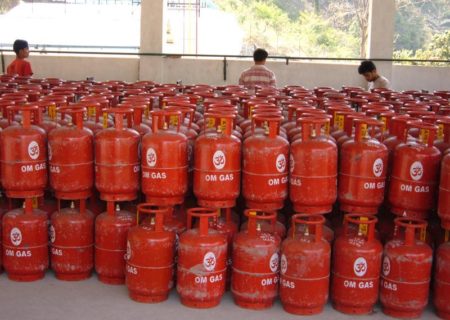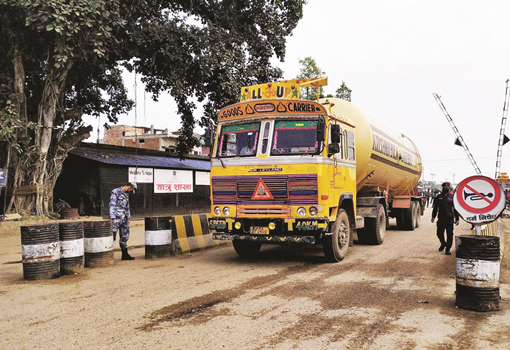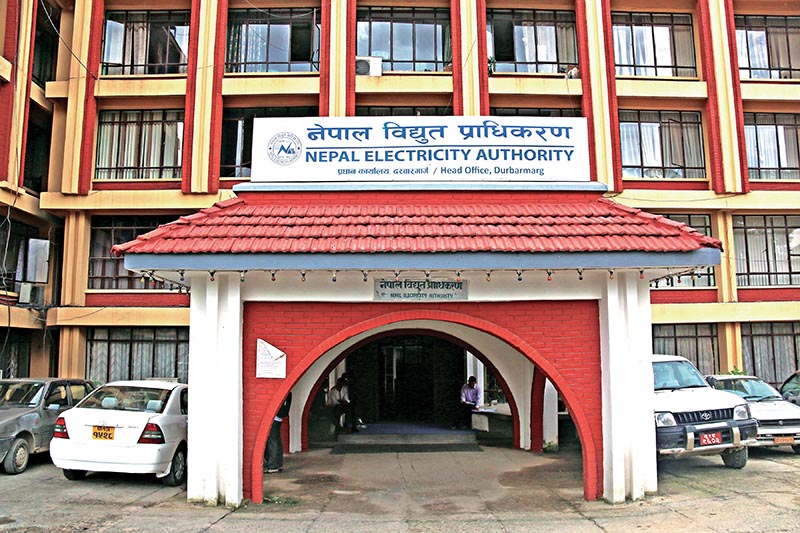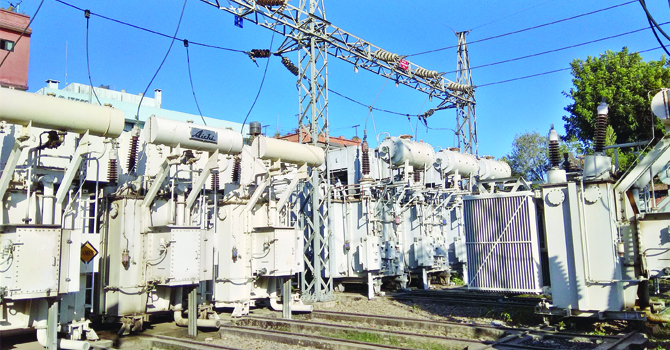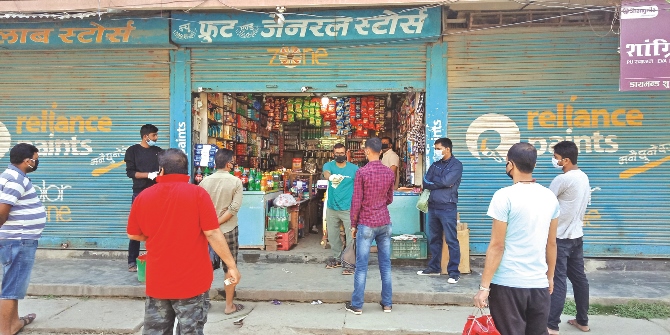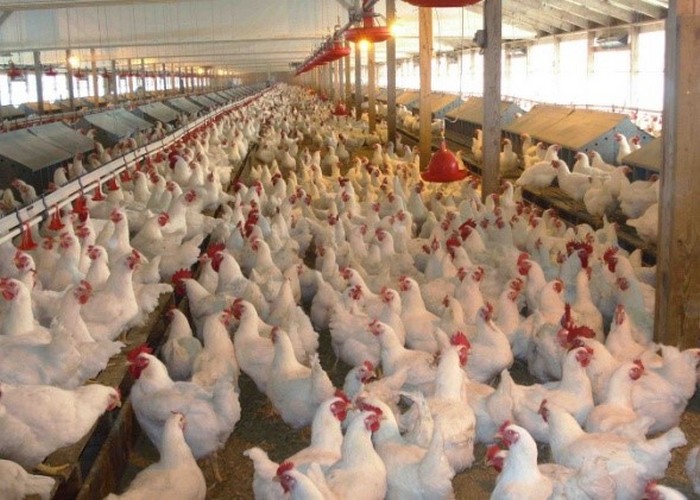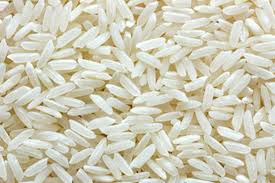Nepal gets permission to sell 364 MW power to India
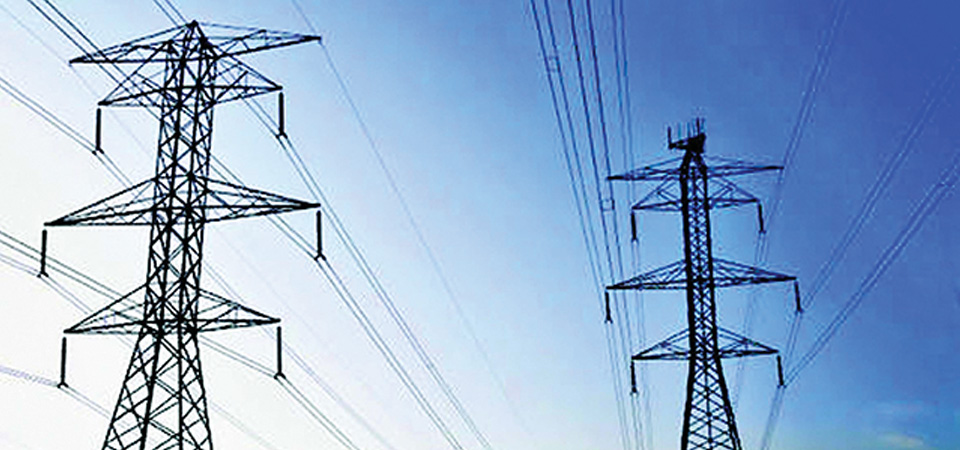
Kathmandu, Apr. 7: Nepal has been allowed to sell an additional 325 MW of electricity in the Indian electricity market.
The Central Electricity Authority under the Ministry of Power of India has given approval to the Nepal Electricity Authority (NEA) to sell an additional 325 MW of electricity in the Indian electricity market.
The NEA had earlier received permission to sell 39 MW of electricity last October. Now, Nepal will be able to enter the Indian energy exchange market to sell up to 364 MW of electricity at competitive rates.
In the second phase, NEA has received approval to export 140 MW from 144 MW Kaligandaki ‘A’, 68 MW from 70 MW Middle Marsyangdi, 67 MW from 69 MW Marsyangdi, 51 MW from 52.4 MW Likhu-IV.
Even though the installed capacity is high, it is estimated that up to three per cent of electricity will be lost if it is transported from the project site to Muzaffarpur, India.
The agreement was reached during Prime Minister Sher Bahadur Deuba’s visit to India.
The Ministry of Energy, Water Resources and Irrigation has said that the Nepal-India Joint Vision Statement on Power Sector Cooperation has entered into the implementation phase as per the agreement reached with his Indian counterpart Narendra Modi during Prime Minister Deuba’s visit to India last week.
Speaking at a press conference organised at the Ministry, Minister for Energy, Water Resources and Irrigation Pampha Bhusal said that the first step towards the implementation of the vision document on cooperation in the energy sector has been taken after receiving approval from the Indian side for additional power export.
She said that India’s decision to purchase additional electricity from Nepal was positive as there was concern over wastage of electricity generated in Nepal during the rainy season.
“We needed a bigger market, which has led to further market expansion,” she said.
She said that the surplus electricity after consumption in Nepal would be sold in India and the market for electricity in other countries would be expanded through Bangladesh, Bhutan, India and Nepal Participatory Sub-regional Forum (BBIN).
“This will reduce the trade deficit between the two countries and contribute positively to the economy,” said Minister Bhusal.
“The implementation of the vision document on cooperation in the region has also started, we would like to congratulate and thank all those involved in it,” she said.
Stating that the door of power generation has been opened with the assurance of the market, Minister Bhusal expressed confidence that the scope of electricity trade would also increase in the coming days.
Secretary at the Ministry, Devendra Karki informed that during the Prime Minister’s visit to India, a joint commitment was expressed between the two countries for cooperation in the energy sector.
He said that the production, transmission and trade of electricity have been given priority in the commitment.
The document stated that the two countries will jointly engage in large reservoir projects, use the transmission line for each other’s benefit, use the transmission line from India to Bangladesh and trade electricity to the benefit of both countries.
No load-shedding in industries: Ghising
Managing Director of NEA Kul Man Ghising clarified that there is no problem of load shedding in any industry at present.
He said that the problem has been solved now even though power supply was cut short for one or two days due to an inconvenient situation in power management a few days ago.
“Currently, there is no load shedding in any industry. In some places, one or two hours of power outages occur during peak hours and transmission lines disturbed. There is no load shedding anywhere else,” he said.
He said that electricity is being managed by importing about 25 per cent from India in dry season. The import of electricity from India also decreased significantly during this dry season compared to last year’s dry season, he said.
He said that 200 to 400 MW is being imported as per the requirement. He said that even if it has to be imported in the dry season, it has to be sold in the rainy season.
The production capacity has reached 2,100 MW in the rainy season. It is certain that the production capacity of the rainy season will reach 2,300 MW by adding 200 MW to the power grid this fiscal year, said Ghising.
Recent News

Do not make expressions casting dout on election: EC
14 Apr, 2022
CM Bhatta says may New Year 2079 BS inspire positive thinking
14 Apr, 2022
Three new cases, 44 recoveries in 24 hours
14 Apr, 2022
689 climbers of 84 teams so far acquire permits for climbing various peaks this spring season
14 Apr, 2022
How the rising cost of living crisis is impacting Nepal
14 Apr, 2022
US military confirms an interstellar meteor collided with Earth
14 Apr, 2022
Valneva Covid vaccine approved for use in UK
14 Apr, 2022
Chair Prachanda highlights need of unity among Maoist, Communist forces
14 Apr, 2022
Ranbir Kapoor and Alia Bhatt: Bollywood toasts star couple on wedding
14 Apr, 2022
President Bhandari confers decorations (Photo Feature)
14 Apr, 2022


